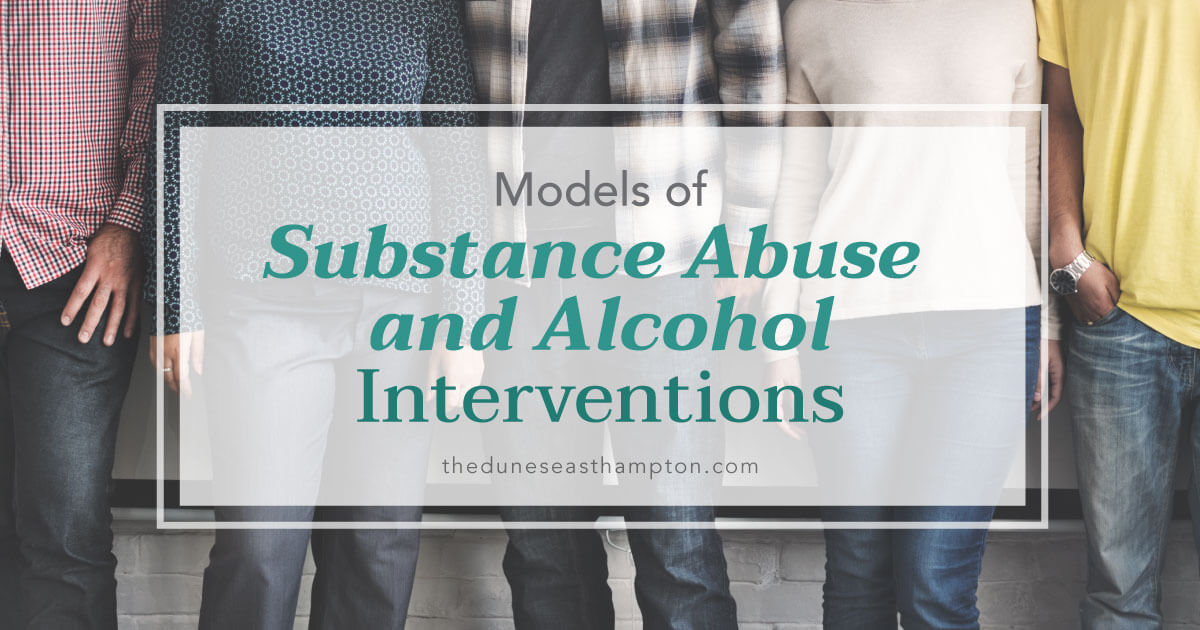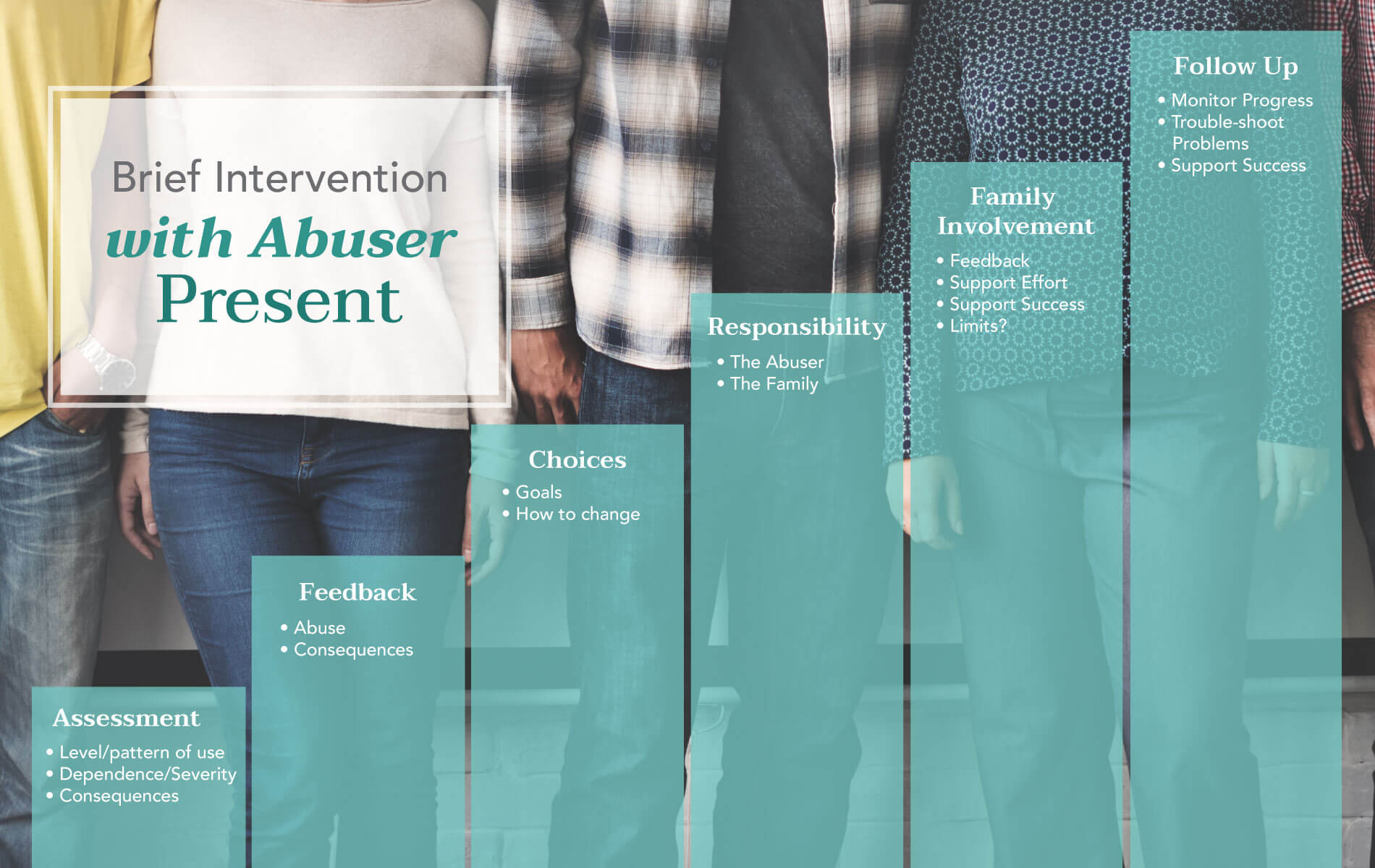 Substance abuse and alcohol interventions are the breath of life for thousands of addicts around the world. Interventions help addicts admit they have a problem, show them recovery is possible, and give them an outlet to receive professional help. Interventions help addicts see the light before they hit rock bottom. The intervention process arose from the understanding that addiction is a disease, not a lifestyle, and that addicts need help, not punishment. Learn about the many models of substance abuse and alcoholism interventions that exist today.
Substance abuse and alcohol interventions are the breath of life for thousands of addicts around the world. Interventions help addicts admit they have a problem, show them recovery is possible, and give them an outlet to receive professional help. Interventions help addicts see the light before they hit rock bottom. The intervention process arose from the understanding that addiction is a disease, not a lifestyle, and that addicts need help, not punishment. Learn about the many models of substance abuse and alcoholism interventions that exist today.
Informal and Formal Interventions
There are two main categories of intervention: formal and informal:
The Informal Intervention – involves friends and family speaking to the loved one in casual conversation. Employers or coworkers may get involved in informal interventions, as well. The primary goal of an informal intervention is to motivate the addicted person to seek treatment, without making the person feel teamed up on, attacked, or put on the spot. Informal interventions are less structured and often not planned in advance. They do not involve the help of a professional interventionist. An informal intervention may be the best choice if the individual is unaware of his or her problem and needs a push in the right direction to seek treatment.
Formal Interventions – are planned in advance, have a set structure, and utilize the assistance of a professional. Family, friends, co-workers, or employers may stage formal interventions to convince an addicted individual to seek treatment at a specialized facility. Professionals that help with formal interventions include counselors, therapists, and professional interventionists. The National Council on Alcoholism and Drug Dependence reports that interventions using a professional interventionist are successful at getting an addict to commit to treatment 90% of the time. Formal interventions are best for people who want help but are afraid to ask for it.
Direct and Indirect Interventions
Aside from an intervention being formal or informal, it may also be direct or indirect.
Direct Interventions – are the primary type of intervention, in which family, friends, and loved ones confront the addicted person with help from a professional. The show Intervention has popularized the direct method of intervention, and it boasts a 71% success rate. Direct interventions do not ask for much input from the addict. Instead, they have a treatment plan already created for the user, and hope the person will agree. This is a good method for addicts who do not know how to take the first step toward recovery, as it takes the pressure off of them.
Indirect Interventions – require the family to interact with the addicted individual to create an environment that is conducive to healing. Indirect interventions will provide help to the addict, but only if he or she is willing to seek the help. Many addicts refuse to get help, ignoring interactions with therapists. In these cases, an indirect intervention through the family may be the best way to encourage seeking treatment without being overbearing.
Crisis and Forcible Interventions
Crisis Intervention – is a form of direct intervention for individuals who are in emergency situations because of their addictions. A crisis intervention may be necessary when the individual does not have the luxury of time, such as during a major drug or alcohol addiction and/or mental health breakdown. Crises may also be related to poor financials or homelessness, when an individual needs to take action to avoid a complete downfall. A crisis intervention is the best model when an addicted individual is on the cusp of injuring him/herself or others, such as a mother who is neglecting her children due to addiction. Crisis interventions work the best when family members and a strong support system exist.
Forcible Interventions – are for addicted individuals that are at risk of harming themselves or others, but are unwilling to agree to treatment. A forcible intervention may occur when the addict refuses to seek help. In these cases, an intervention professional may order the person evaluated for commitment into a treatment center or hospital against the person’s will, but for his or her own good. In these scenarios, a crisis intervention is no longer direct, but forcible. Forcible interventions are used often in situations involving a mental illness, as these individuals are at a higher risk of suicide.
Systematic Family Interventions
Systematic Family Intervention – aims to heal a family as a whole. It does not rely on the element of surprise or focus entirely on the addicted individual. Instead, it serves to address addiction in relation to the whole family. These interventions investigate possible causes of addiction within the family, such as a family history of drug or alcohol abuse, divorce, domestic violence, or enabling the addicted individual. This model of intervention teaches families to understand the role they play in their loved ones’ addictions, and how to prevent destructive behaviors in the future.
A professional will lead a systematic family intervention, using classes or group therapy sessions where the addict is invited. This type of intervention is open and transparent, with no surprise tactics or secrets. From beginning to end, the addicted individual is involved in the intervention process, and has the option to refuse to attend the meetings if desired. This model may be best for people whose addictions are closely tied to family relationships and issues within the family unit. Systematic family interventions strive to change the environment surrounding the addict, making substance abuse less likely. Community Reinforcement And Family Training (CRAFT) is an intervention model that also teaches families about addiction with group therapy sessions.
Religion-Based Interventions
For some people, the most effective form of intervention evokes principles of the individual’s religion. Intoxication as a forbidden act has led to many religious leaders assuming the role of interventionists. How specifically the leader takes this role depends on the individual and the particular faith. The solution in these interventions is to recommit oneself to faith instead of the substance or alcohol. These interventions do occur, but not on a professional basis.
Speak with a professional interventionist or treatment center to discuss the substance abuse or alcohol intervention model that’s best for your particular situation.







